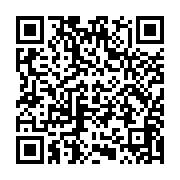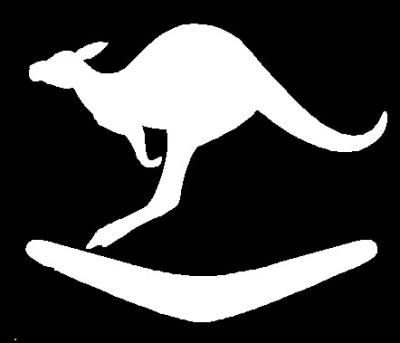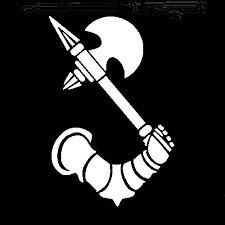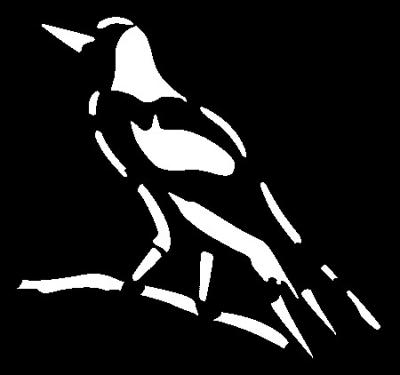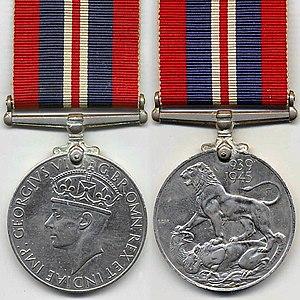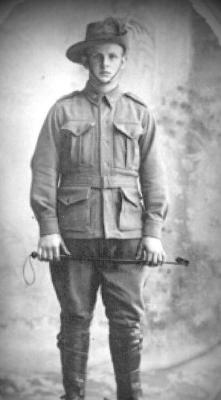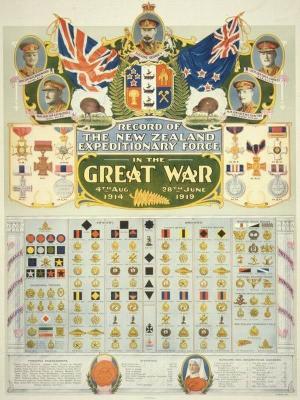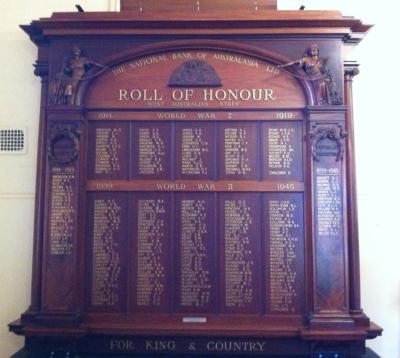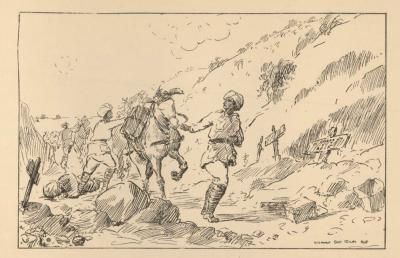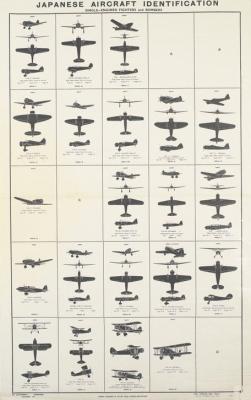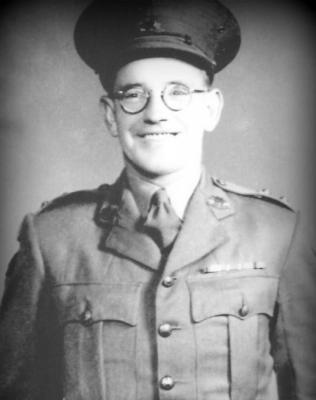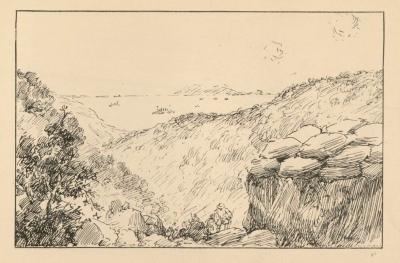Formation Sign - 8th Australian Division, World War 2
During World War 2, each Australian military vehicle normally carried a formation sign, usually the Division to which they were permanently attached. The sign was affixed to the front nearside (left) bumper, or close to it, such as a forward facing wing, and in a prominent position at the rear, also on the nearside. It was 9 inches square normally a white stencil on a black background. The Formation insignia of 8th Australian Division was an Emu over a boomerang.
The 8th Division was an infantry division of the Australian Army in World War 2. In July 1940, it was formed in Australia as a formation of the Second Australian Imperial Force (2nd AIF).
Instead of deploying to the Middle East, the Division was divided into four separate forces, which were deployed in different parts of the Asia-Pacific region in 1941 as war with Japan loomed.
Two brigades deployed to Malaya in February and August 1941. The first engagements with the Japanese occurred south of Kuala Lumpur on 14 January 1942. From 31 January until surrender on 15 February, these brigades fought in defence of Singapore.
About a third of the Division formed Lark Force on Rabaul and New Britain, Gull Force on Ambon and Sparrow Force on Timor. All of these formations were destroyed as fighting forces by the end of February 1942.
Most of the Division became prisoners of war. One in three died in captivity including 2,400 on the Sandakan Death Marches.
Details
Details
The standard reference is the 1997 monograph Formation signs and vehicle markings of the Australian Army 1903-1983 by Stephen Craig Taubert.
The marking of military equipment is not a new phenomena. A broad arrow, is a stylised representation of a metal arrowhead, comprising a tang and two barbs meeting at a point. It is a symbol used traditionally in heraldry, and later by the British government to mark government property.
The broad arrow was used in England from the early 14th century, and more widely from the 16th century, to mark objects purchased from the monarch's money, or to indicate government property. It became particularly associated with the Board of Ordnance, and later the War Department and the Ministry of Defence. It was exported to other parts of the British Empire, where it was used in similar official contexts.
The use of markings on Australian military vehicles expanded and became more sophisticated following the mass production and mechanization of armies. During World War 2, Australian military vehicles carried a wide variety of markings including the vehicle registration number, bridge classification, a Tactical (Tac) sign indicating the vehicles roll, a unit sign and a Division/Formation sign and many more.
Australian Army Museum of Western Australia
Australian Army Museum of Western Australia
More items like this
Other items from Australian Army Museum of Western Australia
- Battlefield Grave Cross - Lieutenant Hugh Russel MC
- Medal - British War Medal 1939-45
- World War 1, Australia, Western Australia, FIRNS 10 Light Horse
- Medals - Combined Display of Australian Honours and Awards
- Poster - Australian Imperial Force Colour Patches
- Poster - New Zealand Expeditionary Force Badges and Colour Patches
- Honour Board- National Bank of Australasia (World War 1, World War 2)
- World War 1, South-West Asia, Turkiye, Gallipoli, Anzac Cove, SILAS, "Crusading at Anzac"
- Poster - Japanese Aircraft Identification
- World War 1, Australia, Western Australia, 265 EAVES, 10 Light Horse
- World War 1, Australia, Western Australia, 266 EDWARDS, 10 Light Horse
- World War 1, South-West Asia, Turkiye, Gallipoli, Anzac Cove, SILAS, "Crusading at Anzac"
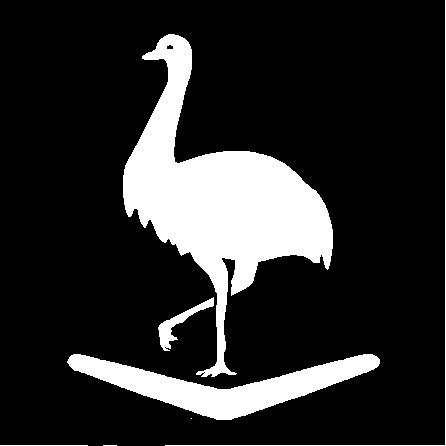

Scan this QR code to open this page on your phone ->
